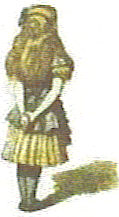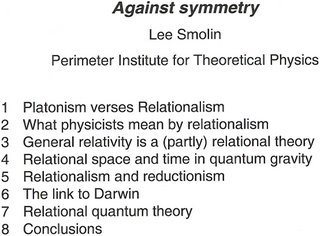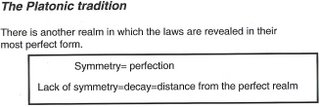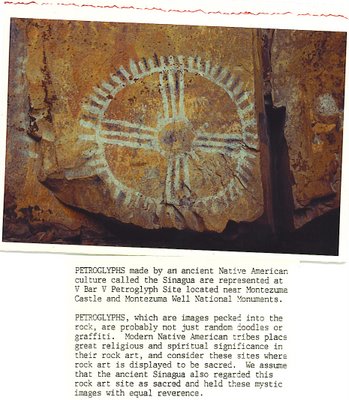Three-Dimensional Distribution of Dark Matter in the Universe
This three-dimensional map offers a first look at the web-like large-scale distribution of dark matter, an invisible form of matter that accounts for most of the universe's mass. This milestone takes astronomers from inference to direct observation of dark matter's influence in the universe. Because of the finite speed of light, regions furthest away are also seen as they existed a long time ago. The map stretches halfway back in time to the beginning of the universe.
The map reveals a loose network of dark matter filaments, gradually collapsing under the relentless pull of gravity, and growing clumpier over time. This confirms theories of how structure formed in our evolving universe, which has transitioned from a comparatively smooth distribution of matter at the time of the big bang. The dark matter filaments began to form first and provided an underlying scaffolding for the subsequent construction of stars and galaxies from ordinary matter. Without dark matter, there would have been insufficient mass in the universe for structures to collapse and galaxies to form.
Part of this reporting is the way in which one could look at the Cosmos and see the gravitational relationships, as one might see it in relation to "Lagrangian views" in the Sun Earth Relation.
Diagram of the Lagrange Point gravitational forces associated with the Sun-Earth system.
Make sure you click on the image for further information. Mouseovers as your cursor is placed over images or worded links are equally important. You learn about satellites and the way they travel through these holes.
While one can see "dark matter" in terms of it's constraints, what of "dark energy" as it makes it way through those holes? This reveals the expansionary nature in terms of dark energy being repelled, whether you like to think so or not. This explains the dark energy developing free of the dark matter constraints and explains the state of our universe.
LSST Homepage background image. (Image credit: LSST Corporation, Bryn Feldman) Design of LSST Telescope dome and local facilities, current as of January 2007. Google Inc. has joined with nineteen other organizations to build the Large Synoptic Survey Telescope, scheduled to see first light atop Cerro Pachón in Chile in 2013.
The Large Synoptic Survey Telescope (LSST) is a proposed ground-based 8.4-meter, 10 square-degree-field telescope that will provide digital imaging of faint astronomical objects across the entire sky, night after night. In a relentless campaign of 15 second exposures, LSST will cover the available sky every three nights, opening a movie-like window on objects that change or move on rapid timescales: exploding supernovae, potentially hazardous near-Earth asteroids, and distant Kuiper Belt Objects. The superb images from the LSST will also be used to trace billions of remote galaxies and measure the distortions in their shapes produced by lumps of Dark Matter, providing multiple tests of the mysterious Dark Energy.
Two simulations of strong lensing by a massive cluster of galaxies. In the upper image, all the dark matter is clumped around individual cluster galaxies (orange), causing a particular distortion of the background galaxies (white and blue). In the lower image, the same amount of mass is more smoothly distributed over the cluster, causing a very different distortion pattern.
Here in this post the example of "how one may see" is further expounded upon to show how dark matter and dark energy are in action as a 90% aspect of the cosmos, while the remaining 10% is a discrete measure of what is cosmologically matter orientated. We don't loose sight of these relationships, but are helped to further develope them in terms of this gravitational relationship.
See:






